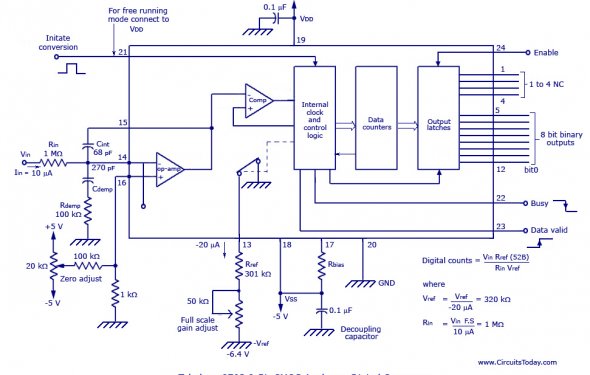Television analog to digital converter

Analog-to-digital conversion is a digital procedure in which a constantly variable (analog) sign is changed, without altering its important content, into a multi-level (digital) sign.
The input to an analog-to-digital converter (ADC) consist of a voltage that varies among a theoretically countless wide range of values. Examples are sine waves, the waveforms representing man message, while the indicators from a regular television digital camera. The output of this ADC, in contrast, features defined levels or states. The sheer number of says is virtually constantly a power of two - that's, 2, 4, 8, 16, etc. The simplest digital indicators only have two states, and they are known as binary. All-whole figures can be represented in binary type as strings of people and zeros.
Digital signals propagate better than analog signals, mostly because digital impulses, that are well-defined and orderly, tend to be simpler for digital circuits to differentiate from sound, that will be crazy. Here is the primary advantage of electronic settings in communications. Computers "talk" and "think" when it comes to binary electronic information; while a microprocessor can evaluate analog data, it must be changed into electronic kind for computer system to help make sense of it.
An average telephone modem employs an ADC to convert the incoming audio from a twisted-pair range into indicators the computer can comprehend. In an electronic digital sign processing system, an ADC is required in the event that sign feedback is analog.